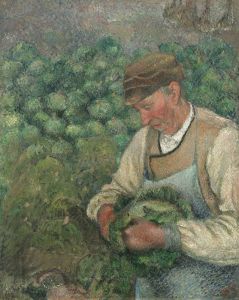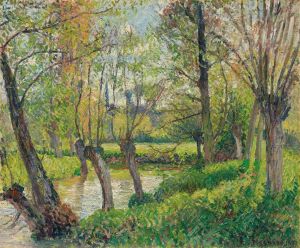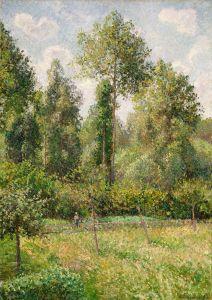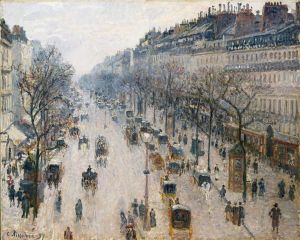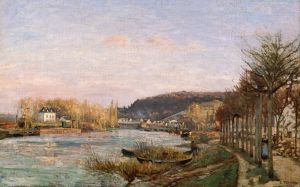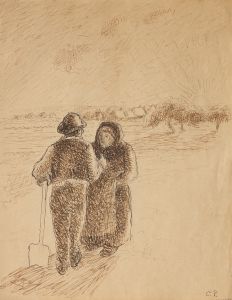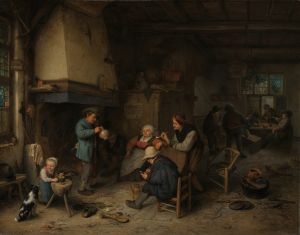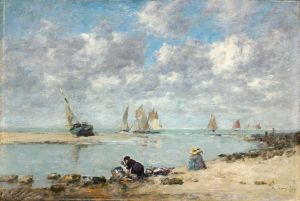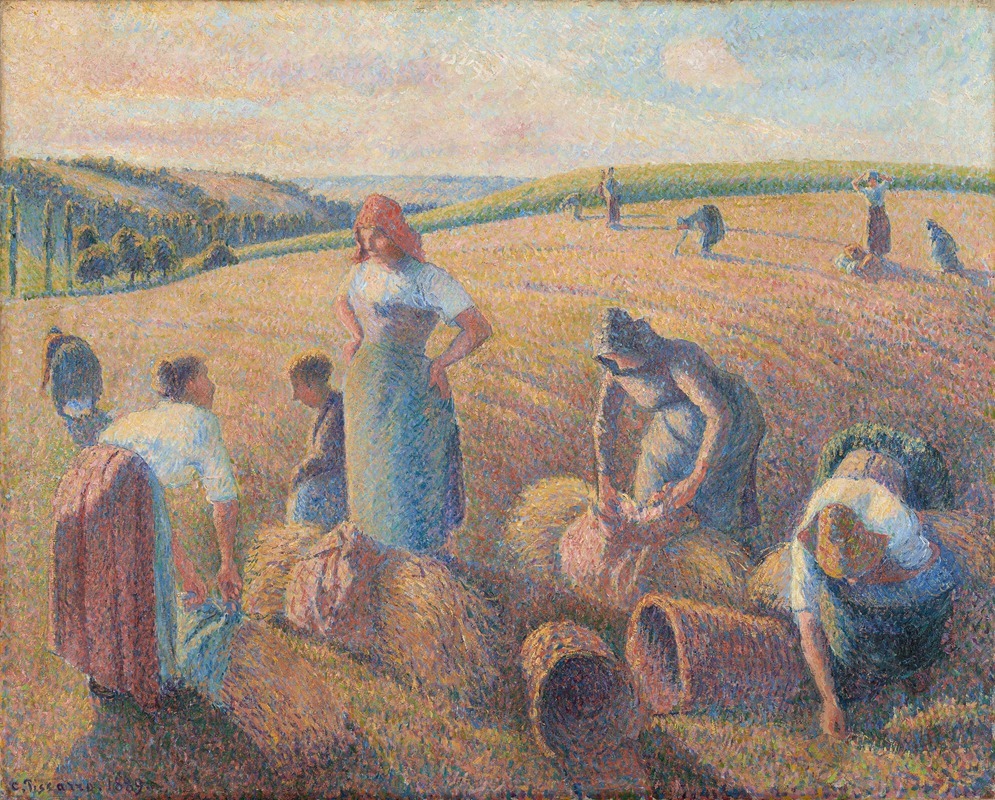
The Gleaners
A hand-painted replica of Camille Pissarro’s masterpiece The Gleaners, meticulously crafted by professional artists to capture the true essence of the original. Each piece is created with museum-quality canvas and rare mineral pigments, carefully painted by experienced artists with delicate brushstrokes and rich, layered colors to perfectly recreate the texture of the original artwork. Unlike machine-printed reproductions, this hand-painted version brings the painting to life, infused with the artist’s emotions and skill in every stroke. Whether for personal collection or home decoration, it instantly elevates the artistic atmosphere of any space.
Camille Pissarro's painting "The Gleaners" is a notable work by the Danish-French Impressionist and Neo-Impressionist painter, who is often regarded as a pivotal figure in the development of modern art. Pissarro was known for his depictions of rural life and landscapes, and "The Gleaners" is a testament to his interest in the everyday lives of the working class.
"The Gleaners" was painted in 1889, a period when Pissarro was deeply engaged with the themes of rural labor and the natural environment. This painting captures the activity of gleaning, which involves collecting leftover crops from farmers' fields after they have been commercially harvested. Gleaning was a common practice among the rural poor, and it has been a subject of artistic representation for centuries, symbolizing both poverty and the dignity of labor.
In this work, Pissarro portrays a group of women engaged in the act of gleaning. The composition is characterized by its attention to detail and the use of light, which are hallmarks of Pissarro's style. The figures are depicted with a sense of realism and empathy, highlighting the physical demands of their work. Pissarro's brushwork in "The Gleaners" is loose yet precise, capturing the textures of the landscape and the figures' clothing with a vibrant palette.
Pissarro's approach to this subject matter reflects his broader social and political concerns. He was known for his anarchist beliefs and his commitment to depicting the lives of ordinary people with dignity and respect. By focusing on gleaners, Pissarro draws attention to the labor and resilience of rural workers, offering a counter-narrative to the more romanticized depictions of rural life that were common in art at the time.
The painting also demonstrates Pissarro's mastery of light and color, which he used to convey the atmosphere of the scene. The interplay of light and shadow in "The Gleaners" creates a sense of depth and movement, while the use of earthy tones underscores the connection between the figures and the land they work on. This attention to natural light and color is a defining characteristic of Impressionism, and Pissarro was a key figure in the movement, influencing many of his contemporaries, including Claude Monet and Paul Cézanne.
"The Gleaners" is an important example of Pissarro's work during the late 19th century, a time when he was experimenting with different techniques and approaches to painting. It reflects his ongoing interest in rural themes and his commitment to capturing the realities of everyday life. Today, Pissarro's paintings, including "The Gleaners," are celebrated for their contribution to the Impressionist movement and their insightful portrayal of social themes.
In summary, Camille Pissarro's "The Gleaners" is a significant work that exemplifies his artistic style and thematic interests. Through its depiction of rural laborers, the painting offers a poignant commentary on the social conditions of the time, while also showcasing Pissarro's skillful use of light and color.







